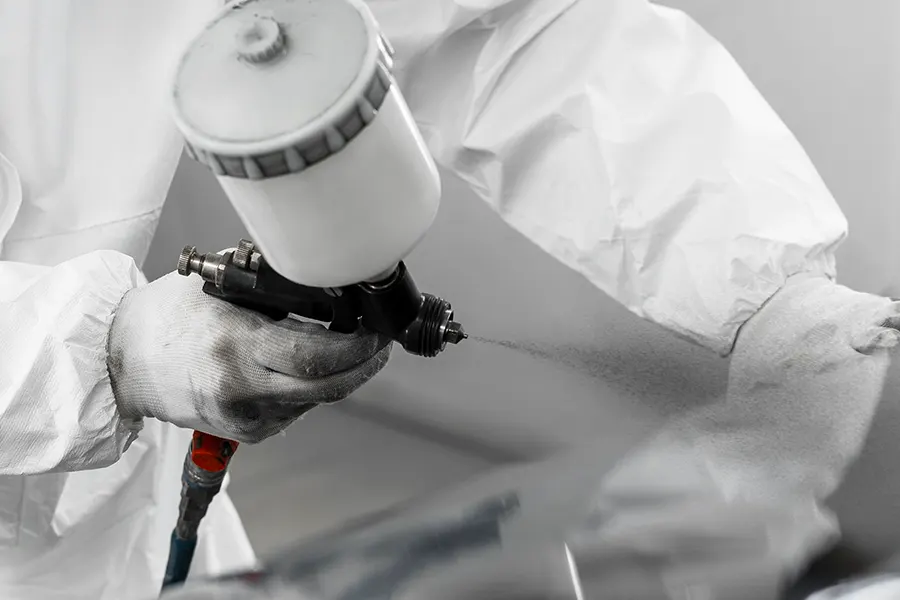

高度な 製造 カスタマイズされたソリューションをサポートします, 精密機器のマッチングから植物全体のろ過のアップグレードまで.

エンドツーエンドのエンジニアリングパートナーシップ複雑な運用上の課題をプラグアンドプレイろ過システムにデコードする.

エコ材料と閉ループシステムは、パフォーマンスと惑星の責任のバランスをとるカスタマイズされたソリューションを提供します.

技術的なガイダンスを備えたローマック開発モデルは、カスタマイズされたソリューションの障壁を排除します.
産業用グレードのろ過または迅速なレトロフィットソリューションが必要かどうか, 操作を最適化するために、精密設計フィルターを提供します.
 スケーラブルなソリューション
スケーラブルなソリューション
 テーラードの専門知識
テーラードの専門知識
 エコノベーション
エコノベーション
 柔軟な最小値
柔軟な最小値
*私たちはあなたの機密性を尊重し、すべての情報が保護されています.

